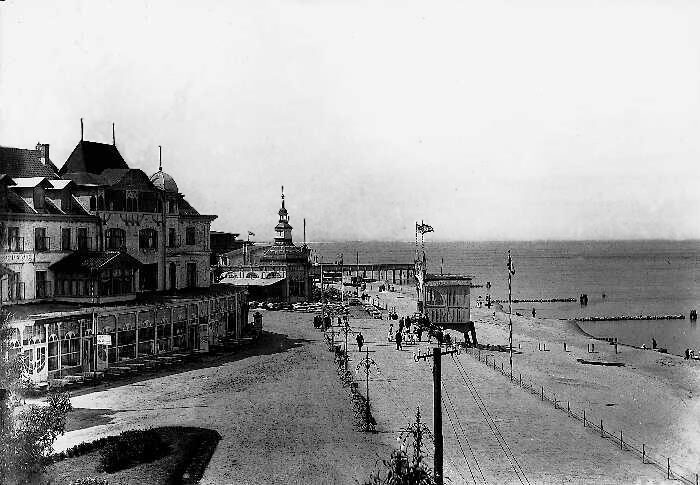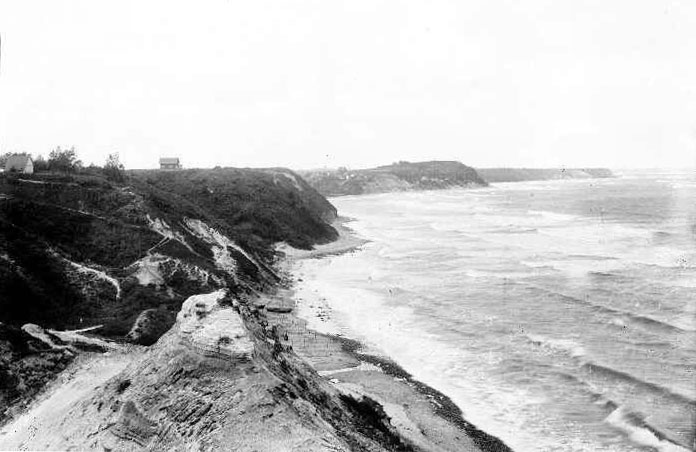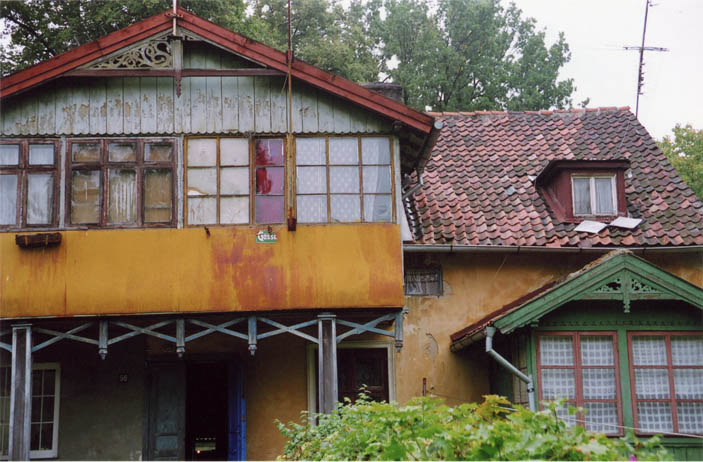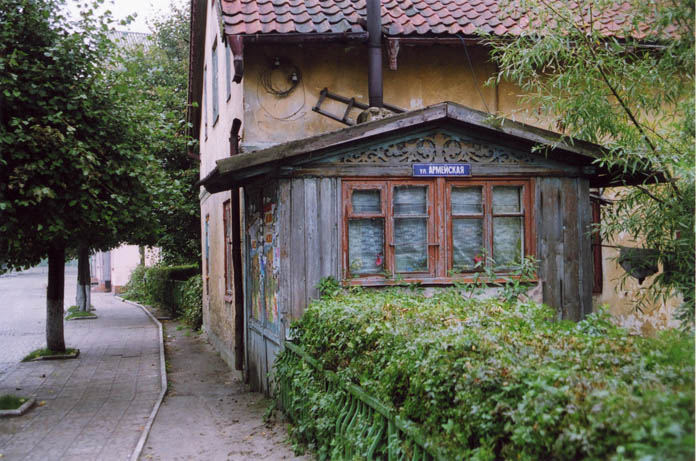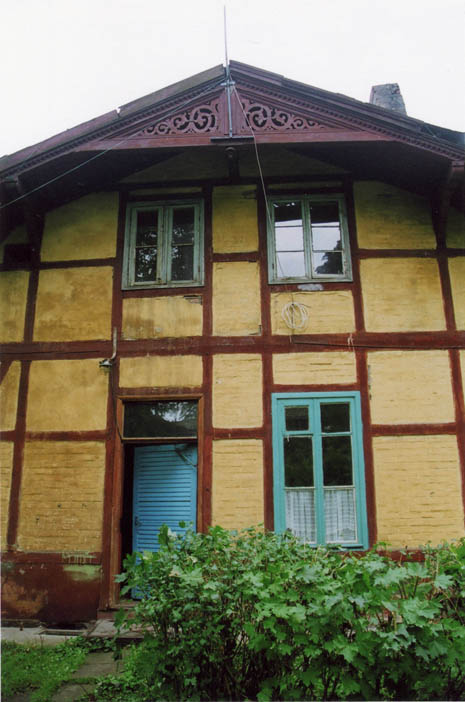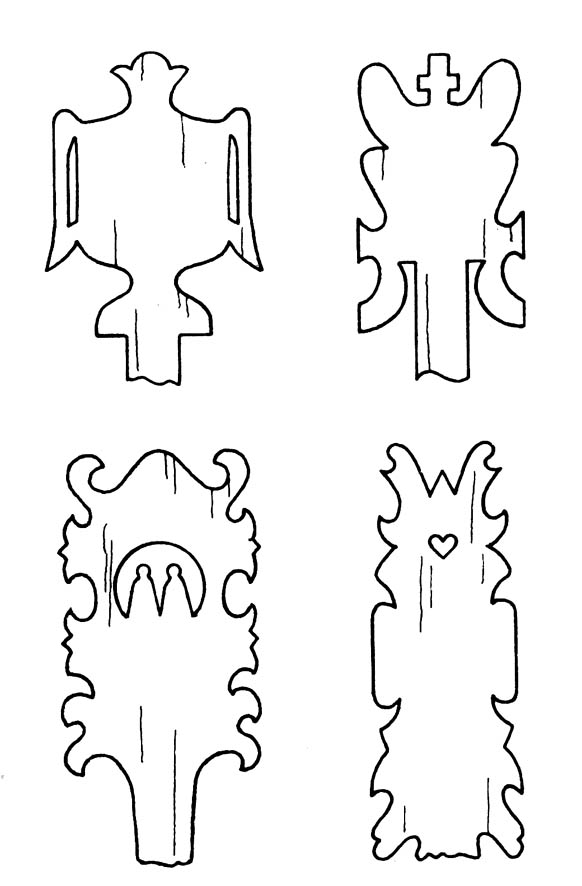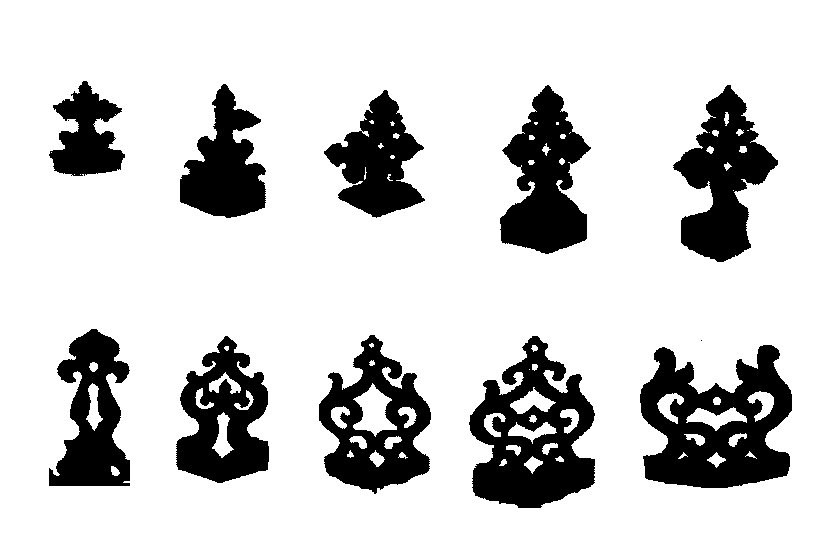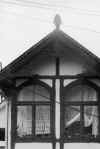|
ELEMENTS OF MINOR ARCHITECTURE IN NORTHERN SAMLAND AT CRANZ
Cranz (Soviet Zelenogradsk), former German health resort on the coast of the Baltic Sea. Photo of 1930
Many old building
have been still preserved in modern Zelenogradsk.
Northern sea-shore of Samland at Klein-Kuhren (Soviet Filino)
An interesting feature of Northern Samland town architecture is using of ornaments, typical for fisher houses of Curonians of the Curonian Spit. Curonians were main rural inhabitants of the Spit since the 15th c. up to the Soviet post-war genocide and ethnocide. Their migration to the Spit from Curlandia in Latvia started in the beginning of the 15th c. and lasted up to the 16th c. On the Spit, as well as on the Eastern shore of the Curonian Bay, they partly mixed with Prussian Lithuanians, but their Latvian language underwent an influence of Lithuanian and German. As a result a fully new local ethnic group with a unique Latvian dialect (almost a language) was formed. When coming to towns, the Curonians tried to preserve elements of their wooden village architecture, what made an effect of exotic eclecticism:
Three different folk elements are still seen in this house in former town of Rantau (Soviet Zaostrovye)
Typical side of a wooden fisher-house annexed to a town building at Rantau
Curonian roof-ornament at a German half-timbered house
Roof ornaments are various and pretty. One of the most interesting thing is use of motifs of famous Curonian wooden grave-monuments, so-called kriksts, still preserved on Curonian cemeteries on the Spit. These kriksts are profiled wooden boards going back to Pagan times. Some researchers are inclined to see depicting of animal skin in some of the kriksts. Other may depict archaic burial urns:
These kriksts,
known since the 16 c., were erected at the feet side of the grave. They
were distinguished by polychrome colouring: blue, yellow, red, green,
black and gray. The kriksts were of oak, birch, ash or maple on
men's graves, but they were of asp, fir, linden or pine on women's graves.
Men's kriksts were ornamented with carvings depicting horses'
heads, but those of women were ornamented with silhouettes of cuckoos'
heads in the 18th c.
Here are some photos from today Zelenogradsk demonstrating these tops and other ornaments, which contain not only picturing of plants and birds, but even of dragons: Click to enlarge!
Most of these houses belonged to rich people before World War II. The Soviets converted them into communal hostels what caused their decay under the conditions of Russian dirt and poverty. Soon these monuments, telling about an annihilated unique Baltic culture, will for ever disappear together with tragic memory of the exterminated people.
|
